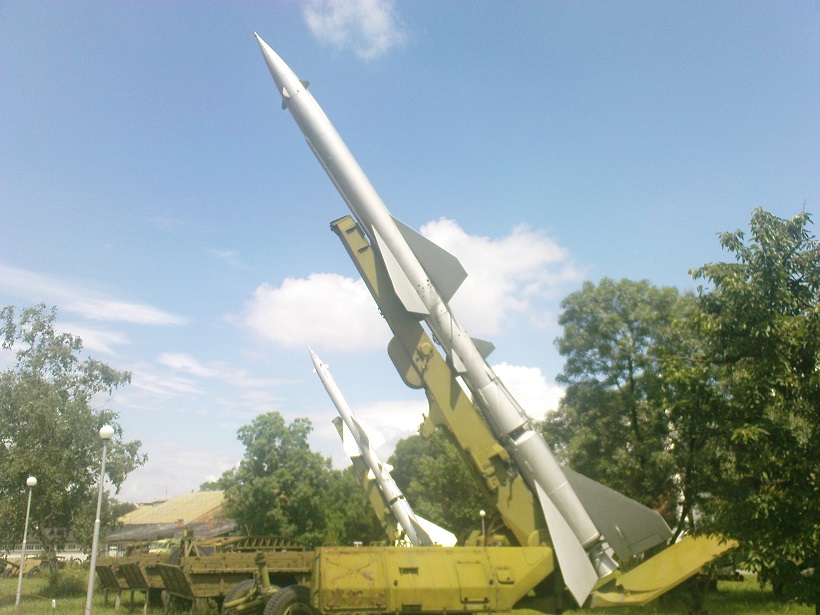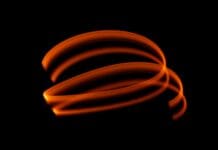This post is also available in:
 עברית (Hebrew)
עברית (Hebrew)
US researchers have trained deep learning algorithms to identify Chinese surface-to-air missile sites – hundreds of times faster than their human counterparts. The algorithms proved capable of helping people with no prior imagery analysis experience find surface-to-air missile sites scattered across nearly 90,000 square kilometers of southeastern China.
Such AI based on neural networks — layers of artificial neuron capable of filtering and learning from huge amounts of data — matched the overall 90 percent accuracy of expert human imagery analysts in locating the missile sites. Perhaps even more impressively, the deep learning software helped humans reduce the time needed to eyeball potential missile sites from 60 hours to just 42 minutes.
The study, led by Curt Davis, a professor of electrical engineering and computer science, and director of the Center for Geospatial Intelligence, at the University of Missouri, comes at a time when satellite imagery analysts are figuratively drowning in a deluge of big data. DigitalGlobe, a leading commercial satellite imagery company, generates about 70 terabytes of raw satellite imagery each day, never mind all the imagery data coming from other commercial satellites and government spy satellites.
Davis and his colleagues showed how off-the-shelf deep learning models — heavily trained and modified for satellite imagery analysis — could identify objects of potentially great interest to intelligence agencies and national security experts.
The deep learning models, including GoogleNet and Microsoft Research’s ResNet, were initially created to detect and classify objects in traditional photo and video imagery. Davis and his colleagues adapted such models to the challenges and limitations of interpreting satellite imagery, such as training some deep learning models to interpret both color and black-and-white imagery, in case only black-and-white images of SAM sites were available.
In fact, analysts rely extensively on satellite imagery to keep track of how North Korea’s weapons programs evolve. Human analysts have already likely identified most, if not all, existing SAM sites within the relatively small country. But similar deep learning tools could help automatically flag new SAM sites that appear in North Korea or other countries, according to wired.com. Knowing the location of existing and new SAM sites can sometimes lead analysts to other locations of interest because countries often place SAM sites in specific areas to defend valuable nearby assets from air attack.


























